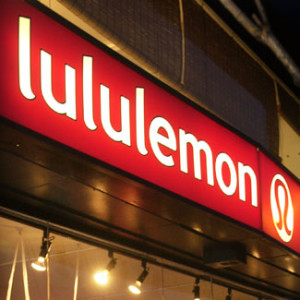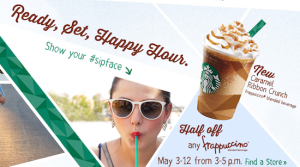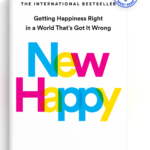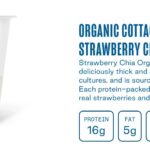This is another in a series of guest blogs. The author is Lewis Berey, the CEO of NPI, a recognized leader in bringing new products to the market. I always learn something from every conversation I have with Lew and I asked him to share some of his ideas with my readers. Enjoy.
Making Customers Feel Better Emotionally is an emerging reason for business growth Until recently, consumers were often driven by benefits like making it easier, better quality, saving money. Today, there’s a more emotional benefit that is taking hold — making consumers feel better emotionally (MFB). And, it’s what is growing businesses. The emergence of this benefit as a predominant player has been observed in a couple of different ways.
Emotional trends have become a reality
In the 1980s, 15 major trends in customer behavior were identified by Alvin Toffler in conjunction with NPI. Over thirty years later, the trends that were linked to an emotional benefit were the ones that went from trend to reality. The Forces were:
Roles Revolution:
This Force represented the major alterations and/or reversals of classic relationships (men to women, doctor to patient, labor to management, parents to children) resulting in the emergence of non-gender products, male and latchkey-children shoppers, the decline of the nuclear family, a redefinition of sexuality, and a new need for sharing.
Increased Loneliness:
This Force is driven by such elements as single-parent households, working mothers, later marriages, longer life expectancy, technological unemployment an increased time pressures. The behavioral implications of this are brand loyalty, concern for health and fitness, a need for high-touch products, and the use of money to gain approval and affection.
Home Power:
This Force was driven by such factors as the general aging of the population, the emergence of a latchkey generation, the proliferation of home electronics, and the increased concern over urban insecurity. Home Power deals with all the products and services and activities aimed at making the home the center of American life. Implications include an increase in computerized shopping, the continued success of direct mail products, and a major expenditure of discretionary income for home entertainment products and services.

Who’s been successful recently?
Looking at successful new category starting brands like Starbucks, Facebook, and Lululemon, they all express their business point of difference through positioning with foundations in MFB. Positionings like enhancing relationships, offering advice, and having fun while performing tasks.
Starbucks, in a commodity coffee category that historically was mired in a price or quality benefit, took the unique approach of moving to the experiential, social atmosphere for consumers to enjoy and relax over a new coffee menu.
Facebook could have easily been MLE, but instead, their Mission is seated in MFB – “to give people the power to share and make the world more open and connected.”
Owning MFB
Now, in 2013, we believe owning the MFB Benefit Category will represent major innovations in marketing for the near future.
To best utilize this “Makes Me Feel Better” emotional benefit, look outside your own category at successful emotional case learning.
About NPI: NPI, Inc. can be contacted if you are interested in learning how this company’s techniques have helped businesses explore an MFB benefit and positioning.If you’d like more information, Lew can be reached at:
Lewis Berey, CEO of NPI, Inc.,
A Category Redefinition Consultant
816 582 8700
Photo by bruce mars on Unsplash






